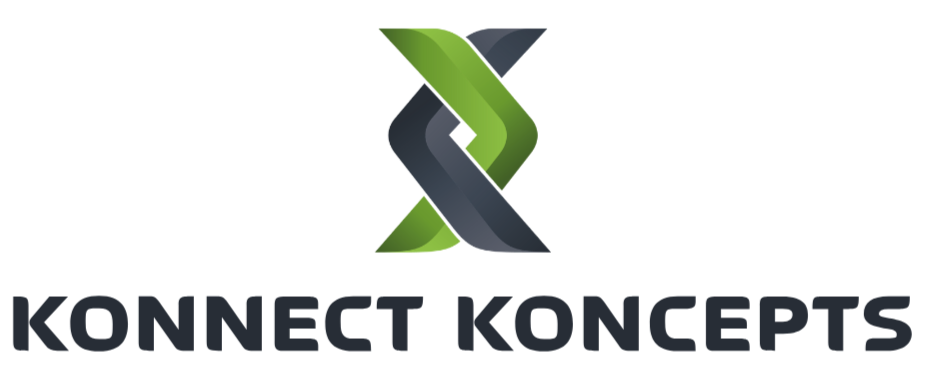Building Stronger Communication in a Diverse Workforce: Why Language Matters
New Zealand’s workplaces are becoming increasingly diverse, particularly in Auckland and our other large cities. More employers are hiring skilled migrants or workers for whom English isn’t their first language - and while this brings valuable cultural insight and capability, it also presents new communication challenges that can quietly turn into risk.
Recently, we supported a healthcare client who found themselves navigating a difficult disciplinary situation. A nurse, new to the team and still developing her English skills, misunderstood a resident’s request at the retirement village where she worked. What began as a simple case of miscommunication escalated into a formal performance issue - something that could have been prevented with the right communication support.
Situations like this are becoming more common, especially in healthcare, construction, and hospitality, where migrant workers make up a significant portion of the workforce. The key lesson? Language barriers aren’t just a “nice-to-fix” issue – they’re a business and wellbeing risk that employers need to address early.
The risks of getting it wrong
When employees struggle with English comprehension or Kiwi workplace communication styles, misunderstandings can easily occur. In sectors like healthcare, that might mean missing an instruction or misinterpreting a patient’s request. In construction, it could lead to safety incidents. In customer-facing roles, it can affect service quality and brand reputation.
Miscommunication can also impact workplace culture. Employees who don’t feel confident speaking up or asking for clarification may become isolated, disengaged, or anxious about making mistakes. This can lead to lower morale, increased turnover, and disciplinary processes that feel unfair to both parties.
The opportunity for employers
The good news is that language barriers can be managed – and doing so creates stronger, more inclusive, and more productive teams. Employers who take steps to support communication diversity not only reduce risk but also enhance team cohesion and retention.
Simple, structured measures can make all the difference:
Assess communication skills during hiring – especially for safety-critical or client-facing roles.
Use plain language and visuals in policies, manuals, and induction materials.
Offer structured onboarding and mentoring – pair new staff with experienced team members who can model communication expectations.
Encourage questions – create an environment where it’s safe to clarify rather than guess.
Invest in English support – even short, practical “English for work” sessions can help.
Provide feedback carefully – check for understanding, not just agreement.
These practices don’t just help migrant workers – they improve communication across the board.
What NZ businesses can learn from the data
Immigration NZ’s Workplace Communication and Culture guide notes that even highly qualified migrants often struggle with local idioms and informal communication styles. The Ministry of Business, Innovation and Employment’s (MBIE) Learning the Lingo report highlights that gaining English proficiency can take years – and that employers play a key role in supporting this journey.
In aged care and healthcare settings, this support isn’t just about fairness – it’s about safety and quality of care. Residents, patients, and clients rely on staff who can listen and respond accurately. Clear communication saves time, reduces stress, and builds trust on both sides.
How HR and recruitment partners can help
At Konnect Koncepts, we’re seeing more of our clients face these challenges. As recruitment and HR partners, we help employers:
Assess language and communication fit during hiring.
Create onboarding materials and processes that are simple, visual, and easy to understand.
Support managers through clear communication policies and performance processes that are fair and consistent.
Build awareness of cross-cultural communication within teams.
The goal isn’t to penalise language differences – it’s to ensure every employee can perform safely and confidently in their role.
A small shift with a big impact
Language support doesn’t require a huge budget or formal training programme. It starts with recognising that communication is a shared responsibility. When employers, HR teams, and managers work together to bridge the language gap, they create workplaces where everyone feels seen, understood, and set up to succeed.
If your business employs staff whose first language isn’t English, now’s the time to review your communication and onboarding practices.
To learn how we can help you strengthen communication, reduce risk, and build a more connected team please get in touch.

